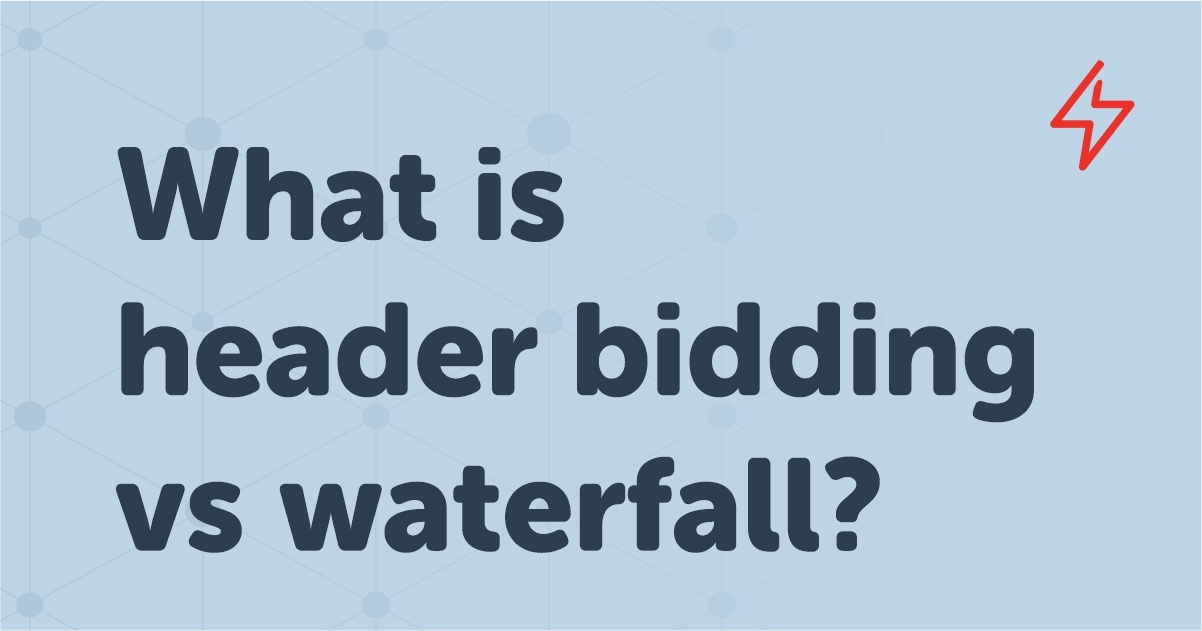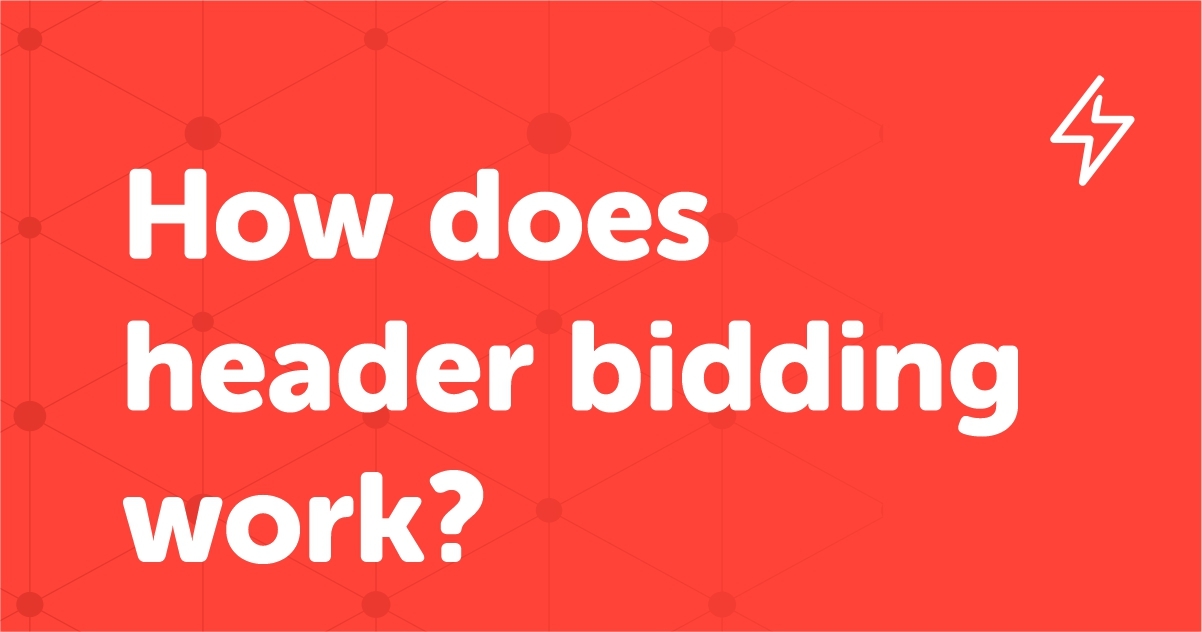Table of Contents
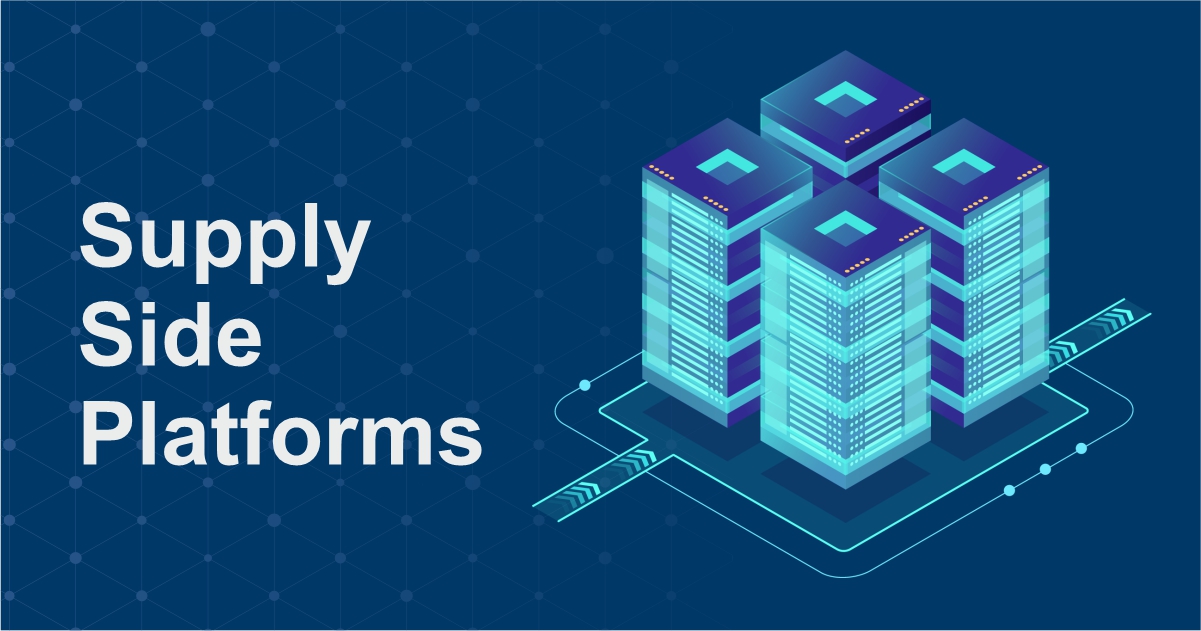
While the ad industry has witnessed tremendous growth in the last two decades, the need to equip publishers with the right tools to maximize revenue has always been paramount. Nowadays, publishers are leveraging the latest technology to charge a premium rate for their ad spaces and generate high revenue from their ad inventory.
Advertisers now have a pool of demand-side platforms to choose from to grab the best ad spaces publishers have to offer and publishers can make use of supply-side platforms or SSPs. In this blog, we will talk about what SSPs are, why you need one, and the best SSPs for you to choose from.
What is a Supply Side Platform (SSP)?
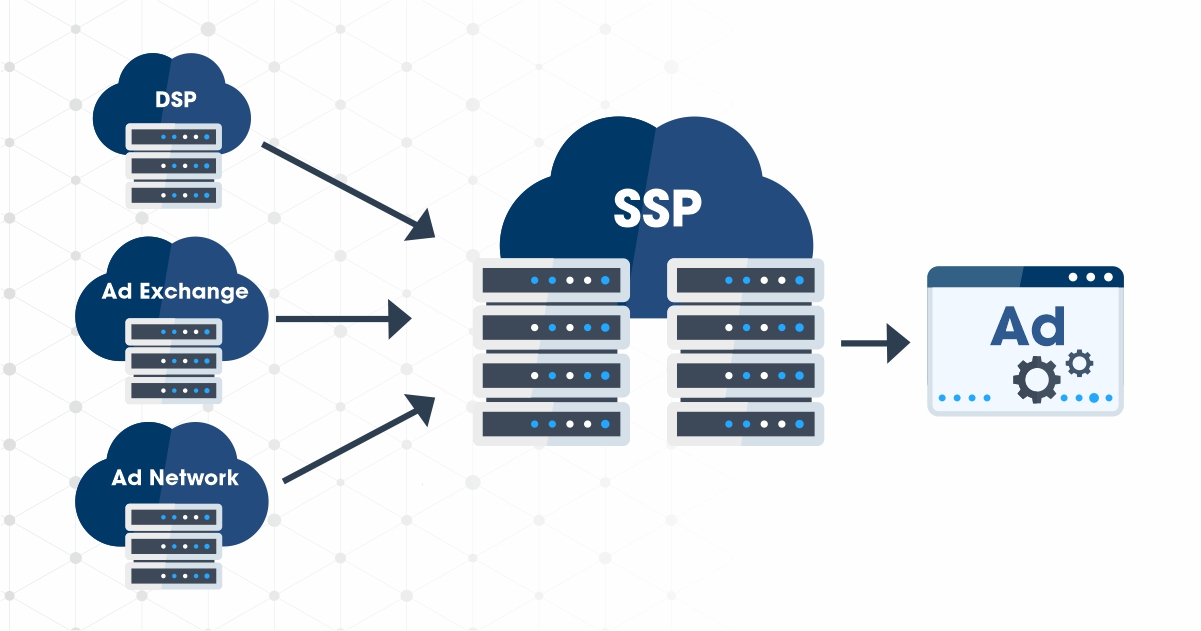
A supply side platform (SSP), also known as sell-side platform, is an advertising technology platform that assists publishers and digital media owners automate the process for coordination, management, and selling of digital ad spaces.
While a lot of publishers still sell ad spaces manually, SSPs make the process easier and more profitable. SSP advertising companies enable publishers to optimize yield and open up their inventory to multiple demand-side platforms simultaneously. Through SSPs, publishers can scale their selling process and open up their ad inventory to multiple potential buyers at once. Since the ad inventory witnesses increased demand, the bidding process increases the publisher’s revenue.
Why do you need a Supply Side Platform (SSP)?

While publishers can use ad exchanges and ad networks to sell their ad spaces to multiple demand partners, SSPs scale up the whole process by connecting you with hundreds of demand-side platforms, increasing your visibility manifold. Using SSPs, publishers can remove the human factor in negotiating and selling their ad inventory and, in turn, increase their revenue by automating the process with SSPs.
SSP advertising companies help publishers with an array of tools to ease the process, including intuitive dashboards, troubleshooting tools, and more. Some SSPs also ensure publishers can set minimum prices for which their inventory can sell to specific buyers or through specific channels. This process is known as setting ‘price floors.’ This means publishers can keep the value of their ad inventory intact, even if they have to run in-house ads in some spots.
In conclusion, publishers need an SSP for automated inventory selling, effective reporting, network aggregation, and yield optimization.
The Main Components of a Supply Side Platform (SSP)?

The main components of an SSP are:
- Backend & Infrastructure: For the SSP to work, it requires a hosting infrastructure that ensures it works correctly. The infrastructure then assists the SSP in carrying out the process as designed.
- Integrations: SSPs integrate with different platforms to help publishers reach a large number of DSPs and ad exchanges. These integrations help publishers maximize their revenue.
- Ad Exchange: The ad exchange facilitates the sale of the ad inventory between the publisher and the advertiser. While some SSPs connect to external exchanges, many SSPs have incorporated exchanges in their infrastructure.
- Trackers: Trackers collect data about the medium the ad is played on and the user behavior. The data is then sent for analysis to different databases.
Reporting Database: The trackers send campaign and audience data to the reporting database. Publishers can use this data to generate reports and analyze their campaign details.
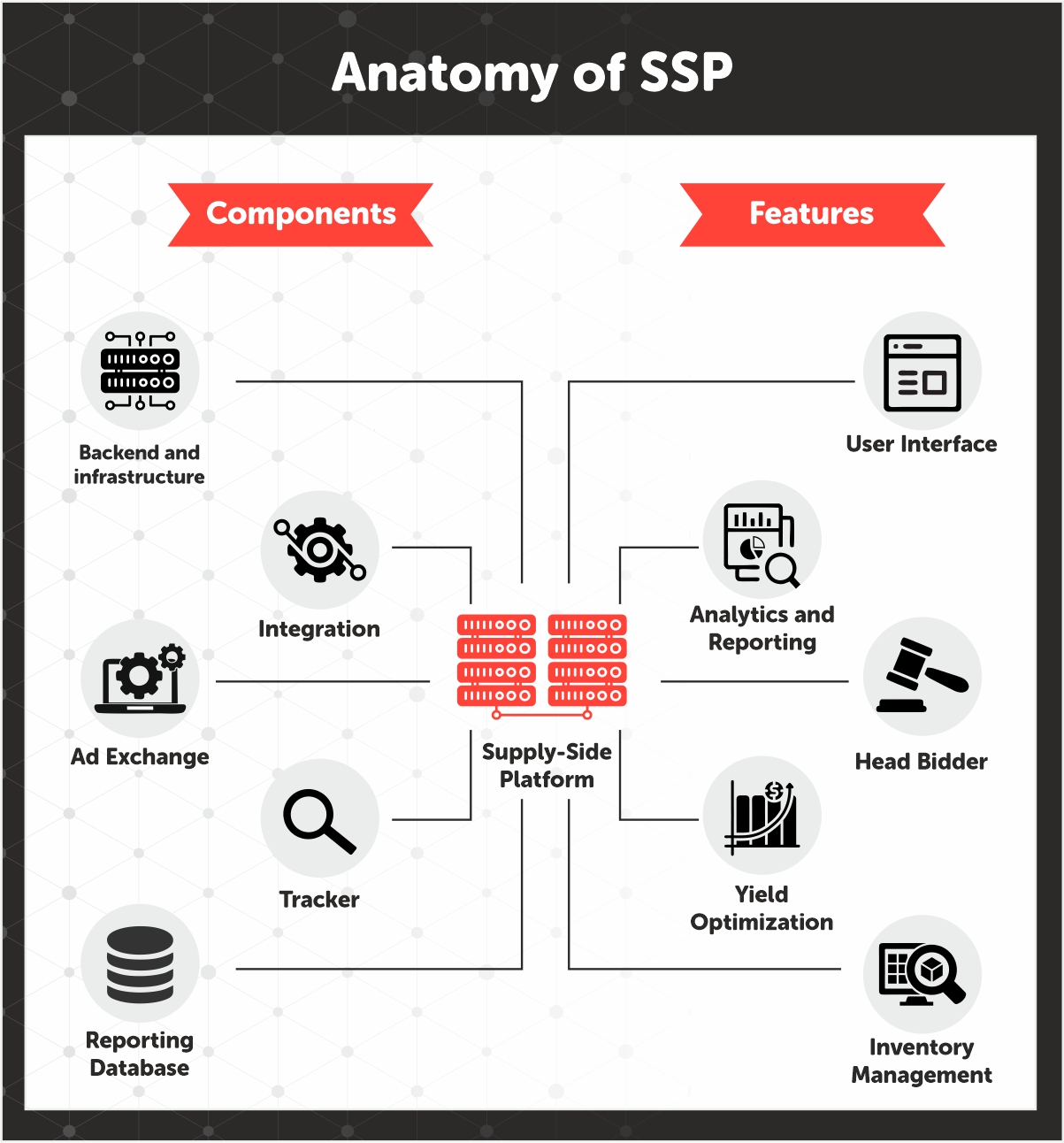
Best SSPs for Publishers

While there are hundreds of SSPs out there to choose from, each comes with multiple advantages and disadvantages. To make this easier, here are the seven best SSPs for publishers.
Google Ad Manager
 Headquartered in California, United States, Google Ad Manager is one of the largest and best SSPs in the market. While it was launched by Google in 2018, it was initially released in 2010. Formerly known as DoubleClick for Publishers (acquisition), Google Ad Manager helps publishers grow digital ad revenues by filling their ad requests with the highest paying ads.
Headquartered in California, United States, Google Ad Manager is one of the largest and best SSPs in the market. While it was launched by Google in 2018, it was initially released in 2010. Formerly known as DoubleClick for Publishers (acquisition), Google Ad Manager helps publishers grow digital ad revenues by filling their ad requests with the highest paying ads.
The platform offers open and private auctions, preferred deals, first look, and much more. Publishers prefer Google Ad Manager as it follows a list of strong policies and ensures a better user experience while safeguarding both publishers and advertisers.
Xandr
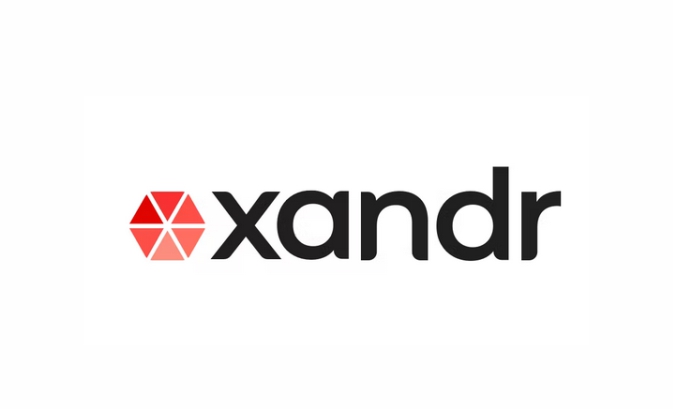
With Xandr (previously AppNexus), publishers get access to hundreds of demand partners. Founded in 2018, Xandr is headquartered in New York, United States. On this cloud-based platform, publishers can sell their ad inventories by using open or private auctions. With a powerful platform, Xandr enables publishers and advertisers to connect with consumers on a large number of websites and applications.
While it has a long list of features, some of the notable ones include header bidding, video monetization solutions, native advertising, and programmatic direct deals. It also offers auditing tools to publishers, assisting them in making manual edits and optimizing the user experience as required.
Pubmatic
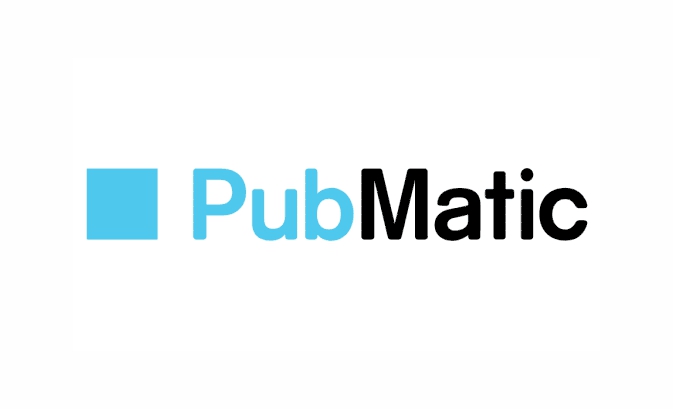
PubMatic was launched in 2006 and offers publishers and app developers a platform to maximize their revenues. This United States-based platform is one of the top Supply Side Platforms in the world. The platform connects publishers to a global audience across ad formats in a premium and brand-safe environment.
The platform offers header bidding solutions for both app developers and web publishers, along with an array of analytical tools to streamline the process. With Pubmatic, publishers can monetize their ad inventories in real-time. Pubmatic also offers programmatic direct deals, OpenWrap header bidding, and detailed insights with a cloud-based dashboard.
SPotX
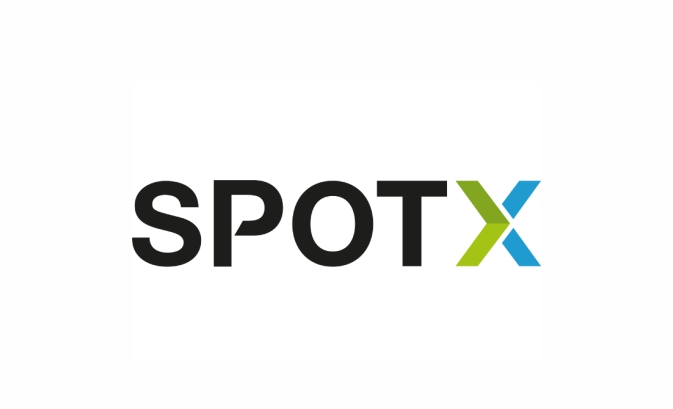
A video-first technology provider, SpotX’s SSP was founded in 2007 and is headquartered in Denver, United States. SPotX enables publishers to increase their revenues by monetizing content across multiple channels, including desktop, mobile, gaming consoles, and TV. The platform’s holistic offerings and process take care of ad management, trafficking, offering ads, and connecting publishers to the audience.
This private SSP offers direct and server-side header bidding solutions, along with video player bidding that can be integrated with top video players. With video monetization, programmatic direct deals, and much more, SPotX’s SSP has become the preferred SSP partner for a large number of publishers. As per the latest updates, Magnite has closed its acquisition of SpotX, forming the most potent independent CTV and video advertising platform.
Index Exchange
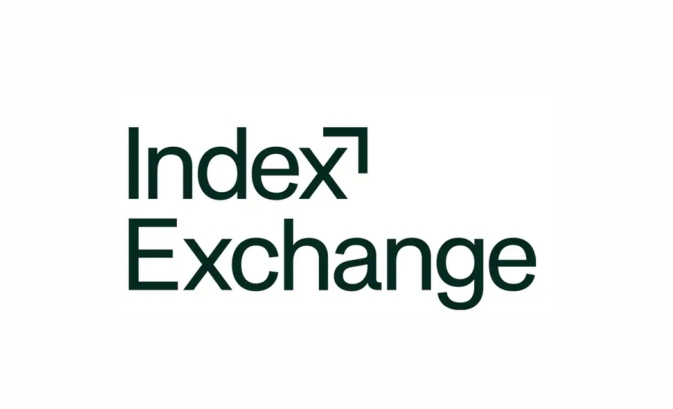
Index Exchange is one of the best SSPs for publishers, as it helps them increase their ad impressions’ CPM rates, and, in turn, increase revenue. Founded in 2003, the platform is based out of New York. With Index Exchange, a publisher can connect with premium advertisers and sell their top valued ad inventories at high rates.
The private SSP platform offers header bidding solutions by integrating a wrapper on the publisher’s website, enabling them to sell their ad inventories to multiple demand partners in real-time. It also offers display and video monetization solutions.
Marfeel

Marfeel, the content intelligence platform, has revolutionized the way publishers can build and monetize their mobile websites. This no-code platform enables users to create impactful content that attracts more visitors and delivers personalized experiences, enabling them to maximize their revenue. The platform is based out of Barcelona, Spain, and was launched in 2011.
The Marfeel SSP platform analyzes the audience’s habits, behavior, and other patterns and dynamically changes the mobile site layout by altering its features. Through the changes, the private platform maximizes the revenue for the publisher by targeting the users efficiently.
Magnite

The merger between the Rubicon Project and Talaria led to the birth of Magnite. Initially released in 2007 and then rebranded in 2020, the platform has become one of the largest SSPs. Headquartered in Los Angeles, the platform is trusted by some of the top publishers in the industry.
The platform offers a header bidding wrapper built on top of prebid technology for the web and mobile app developers. It also provides private marketplace deals, preferred deals, and programmatic guaranteed campaigns for premium publishers. Magnite also offers video monetization solutions across multiple devices, and publishers can get detailed reporting to analyze the ad performance.
OpenX

Founded in 2007, OpenX is one of the best SSPs for digital publishers. Through the platform’s ad exchange, publishers can reach relevant and quality advertisers across all ad formats. Housed in Pasadena, United States, the private SSP serves publishers and advertisers globally, with many large-scale publishers connected to the platform.
The platform offers a plethora of features, including an in-house ad exchange, mobile app monetization, video monetization, and a private marketplace. Publishers can access over 40 video DSPs across the globe to monetize their video ads. OpenX also offers programmatic direct deals, private auctions, and preferred deals for publishers with premium inventories.
Smaato
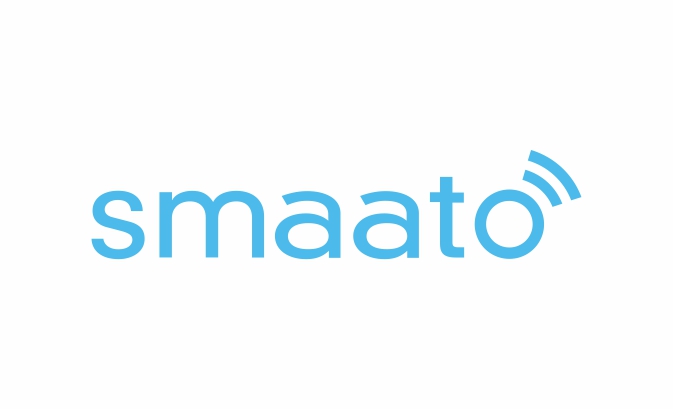
The Smaato SSP offers an omnichannel monetization solution and a free ad server. The platform, founded in 2005, enables publishers to connect with premium marketers to engage consumers across devices. Providing unmatched control over income, the platform assists publishers import their own data and manage all their ad inventory on the platform itself.
On the platform, publishers can access a private marketplace, direct deal, RTB, and third-party mediation. Moreover, it integrates real-time ad exchange to access dynamic demand from over 450 sources worldwide.
Teads
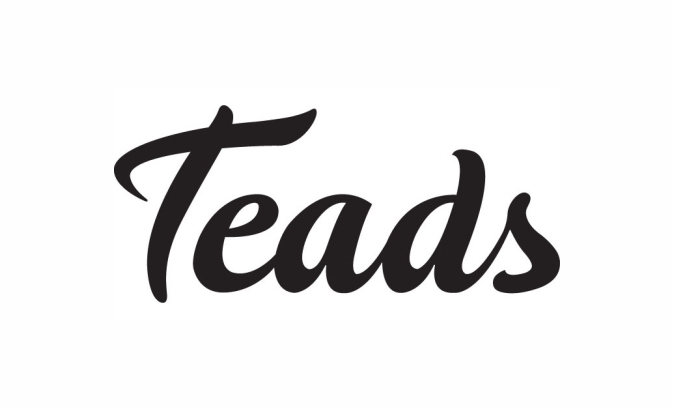
If you are looking to run video ads on your website, then Teads might be one of the best SSPs for you. Founded in 2009, this New York based SSP provides an open exchange platform for publishers. Apart from providing a video monetization suite, the private SSP also runs a service called ‘Teads Studio,’ which helps both advertisers and publishers make the most out of the advertisements. The studio helps in branding, traffic acquisition, data solutions, and an in-house Ad Manager.
The platform enables both publishers and advertisers to personalize ads for a better user experience across devices. With programmatic direct deals on the platform, publishers can make a premium by selling specific ad spots to the top advertising demand partners the platform has to offer.
Sovrn
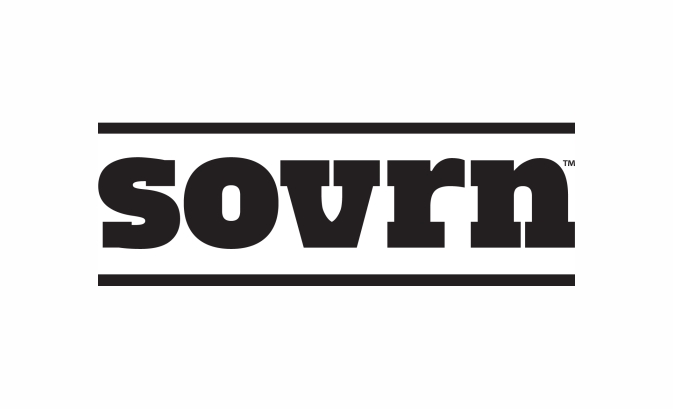
Sovrn helps publishers maximize their revenue by connecting them with hundreds of demand partners across the globe. It offers a variety of exclusive tools, which take care of maximizing the value of every user, custom integrations, data monetization, commerce, and server to server bidding, to name a few. The platform was founded in 2014 and is currently headquartered in Boulder, United States.
The platform offers features such as header bidding, video monetization, email monetization, and programmatic direct deals. It also enables publishers to avoid adblocks to ensure the revenue keeps coming in. With a detailed analytics dashboard, publishers can understand the behavior of bid requests and optimize their offerings accordingly.
FreeWheel
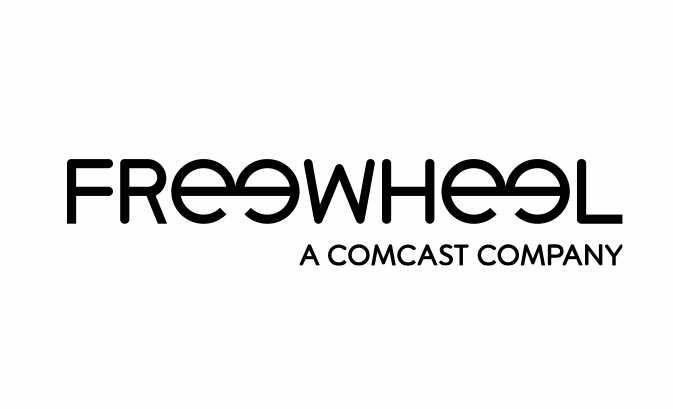
The FreeWheel SSP is one of the most premium TV ad marketplaces for buyers and sellers. Brought by Comcast, FreeWheel was founded in 2007 with headquarters in New York, United States. FreeWheel takes in publishers with premium broadcast network inventory and enhances the offerings with data-driven targeting to reach their audience.
The platform serves about half of its inventory to TVs, either via an OTT device or video-on-demand (VOD) and is used by many of the top TV networks in the world, including some of Comcast’s rivals.
Yieldmo

Yieldmo is an advertising technology company founded in 2012 in New York, United States. The platform’s global smart exchange matches publishers and buyers for better performance and yield. The exchange takes note of the user’s privacy and provides efficient advertising without using the user’s personal information.
The platform uses page-enhancing ad formats that engage consumers, capturing more advanced contextual signals for the ad exchange to use and improve the user experience. The platform offers support for both buyers and sellers and has become one of the best SSPs for publishers worldwide.
Criteo
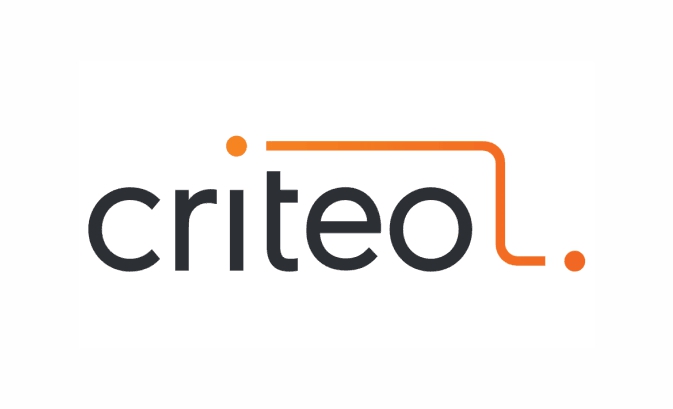
The Criteo SSP was founded in 2005 and helps publishers monetize their website content with deep insights into consumer behavior and intent. Unlike many other SSPs, Criteo makes its services available to publishers with lower traffic numbers, making it one of the best SSPs for small and medium publishers.
The platform is focused more on retargeting and uses advanced image recognition technology to ensure extensive filtration of unsafe and ill-intent content from publisher’s ad inventories. The platform supports social media, video, display, web, and mobile ad inventories.
Sonobi

Sonobi is a private SSP founded in 2011 with headquarters in Winter Park, United States. It connects advertisers directly with publishers with its proprietary technology to transform traditional impression-based advertising into individual-based advertising. Publishers can collaborate with marketers to create and deliver communication plans for consumers, driving higher revenues. Sonobi’s forecasting, planning, and activation tools allow publishers and advertisers to identify valuable consumers on the open web.
CoinZilla

CoinZilla is one of the top SSPs in the finance and cryptocurrency industry. Crypto and blockchain projects can opt for CoinZilla to reach a global and relevant audience to maximize their revenue. The Coinzilla advertising network was founded in November 2016 and is headquartered in Romania.
With the platform, publishers can craft their ads, target their audience and adjust their budget on the basis of their performance. The platform offers a pool of features, including multiple payment options, a variety of measurement models as per the publisher’s liking, and advertisement managers to help ease the process.
Coin.Network
Coin.Network provides high-quality crypto advertising solutions for both publishers and advertisers. For crypto advertising, publishers can offer a wide variety of ad sizes on the platform to the advertisers, who can run campaigns on multiple websites with a single click.
Coin.Network works with a valid BuySellAds account, helping publishers properly market their premium ad spaces to advertisers. With a global pool of advertisers and publishers, the platform has emerged as one of the most popular crypto and blockchain ad networks.
What’s next?

As the advertising ecosystem grows exponentially, supply side platforms have become the stepping stone for publishers that want to reach a larger audience and catalyze revenue generation. While you can choose from a pool of SSPs, there might be some prerequisites that you might need to take note of. Some platforms require a minimum number of page views before you can begin with them. While you look at the list of SSPs to choose from, it is critical to understand which platform can provide maximum yield and revenue for you.
At AdSparc, we offer the next-generation publisher monetization solutions that augment your revenues without hampering the user experience. With offerings such as header bidding, video monetization, and an AMP suite, publishers get better rates and increased revenue.
Interested in getting our next-gen solutions? Request a free callback today!
FAQs
Question 1: What Is a Supply Side Platform?
Answer: A supply side platform is an adtech solution for publishers to monetize traffic from their digital platform. It connects publishers to multiple ad exchanges, demand side platforms (DSPs), and networks at once.
Question 2: What is the difference between SSP and ad exchange?
Answer: A supply side platform helps publishers monetize their advertising inventory by assisting publishers to make their advertising inventory available to ad exchanges. An ad exchange connects Supply Side and Demand Side platforms to connect with each other and enables the buying and selling process via real-time auctions.
Question 3: How does an SSP work?
Answer: In the marketplace, a supply side platform acts on behalf of the publisher to negotiate deals for their ad space. Publishers put SSP ad tags on their web pages, and advertisers purchase media through one of the multiple buying methods.
Question 4: How does SSP sell the inventory?
Answer: SSP provides options for publishers to sell their inventory programmatically. They help publishers reserve premium inventory for direct deals and auction off the remaining traffic through real-time bidding.
Also Read: What is a Leaderboard Banner Ad , Size & Examples?
